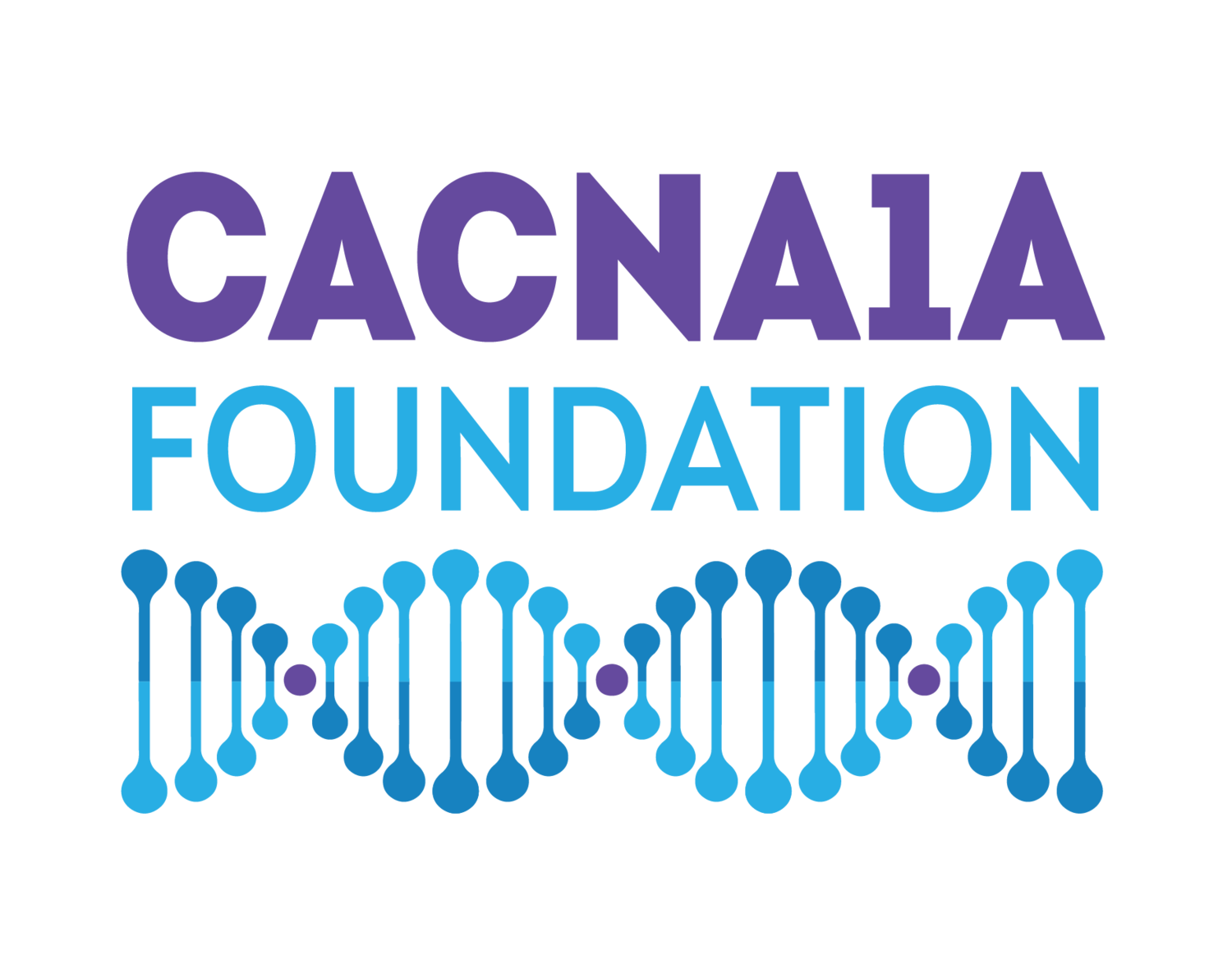Learning, Building Community & Celebrating Wins at the CZI Science in Society Annual Meeting
In 2021, the CACNA1A Foundation was one of 20 organizations to receive a $600,000 Rare As One (RAO) Cycle Two grant from the Chan Zuckerberg Initiative (CZI) to build our capacity. This month, we were invited to attend the Chan Zuckerburg Initiative (CZI) Science in Society meeting held in Newport Beach, California. We joined representatives from the 30 RAO cycle one groups, 20 RAO finalist groups, and ten patient-powered collaborations to learn, build community, and celebrate wins. Board members Lisa Manaster and Sunitha Malepati were joined by Pangkong Fox, PhD, our Science Engagement Director, who was invited to speak about our patient-driven initiatives with COMBINEDBrain and Rare-X.
The meeting was divided into five main sessions, each highlighting the progress and accomplishments of the organizations collaborating with CZI. These sessions covered the following topics:
Patients Driving Breakthroughs and Progress in Rare Disease Research, Treatments and Care.
Patient-Powered Data Collection, Integration and Collaboration to Characterize Rare Disease.
Advancing Diagnosis in Rare Disease.
Advancing Equity in Rare Disease.
Drug Repurposing in Rare Disease.
The keynote speaker was Michael Hund, CEO of EB Research Partnership, a non-profit started in 2010 to fund research to treat and cure Epidermolysis Bullyoma (EB), a severe and fatal rare skin disease. Notably, the FDA recently approved the first-ever topical treatment for EB. Michael spoke about how the EB Research Partnership changed the research landscape for its disease by raising $50M using its venture philanthropy model. This funding supported over 120 global research projects, leading to a tremendous increase in EB clinical trials from one in 2010 to forty-one in 2022. His inspiring talk set the tone for the conference and gave us a lot of hope for what is possible for the CACNA1A community.
During the second session on Patient-Powered Data Collection, Integration and Collaboration to Characterize Rare Disease, Dr. Fox highlighted the partnerships the CACNA1A Foundation formed after launching in 2020. These collaborations have enhanced the visibility of CACNA1A-related disorders and advanced our understanding of the disease mechanisms. Our collaboration with Rare-X through its data collection platform has facilitated knowledge sharing about our disease and the identification of newly associated symptoms. Dr. Fox also emphasized how our collaboration with COMBINEDBrain, a consortium for rare neurodevelopmental disorders, allowed the Foundation to build a biorepository of blood specimens. The patient-derived cells available for research from blood samples donated by individuals living with CACNA1A are powerful tools to help us learn about disease mechanisms and test potential therapeutics.
We also presented a poster at the conference entitled “Breaking Down Research Silos: Bringing Clinical and Molecular Researchers Together to Build an Open Science Portal.” The poster detailed how we set out to develop a comprehensive, interactive, open-science tool available for use by the broader scientific, medical, and patient communities. The portal collects, curates, and interprets all existing clinical and molecular variant data to expand the knowledge of CACNA1A-related disorders and support research. Additionally, it offers educational resources for patients and their families. The portal, created over the last two years through close collaboration between the Foundation, clinicians, researchers, and Dr. Dennis Lal and his team at the Cleveland Clinic, is officially set to launch by the end of 2023. This initiative also led to the establishment of the first global CACNA1A Research Network, fostering ongoing engagement with the Foundation through monthly meetings, research roundtables, and family and science conferences.
Key Takeaways:
Harness the power of collaboration. A central theme that resonated throughout this gathering was the profound impact collaboration can have on accelerating science and drug development for rare diseases. Historically, funding has been channeled to academic institutions by government agencies to carry out research, which often occurs with little to no involvement from patients or advocacy groups. Furthermore, the constraints on funding and resources of most rare disease organizations limit our ability to substantially impact research. CZI saw this and set out to change it. Rather than fund research projects directly, the Rare As One grants were given out to build the capacity and infrastructure of patient advocacy organizations. Remarkably, every talk highlighted the advancements in rare disease research that emerged from network building and fostering strong partnerships between the science and patient communities.
Celebrate the wins. Another important lesson from this meeting was simple but is often overlooked by patient advocacy groups: We can sometimes be so focused on the daunting amount of work still needed to achieve our mission of finding treatments and cures that we forget to acknowledge and celebrate our accomplishments. Every inch stone reached, and every victory achieved matters and is a step towards reaching our goal to find more effective treatments for our community. It was a powerful lesson for all of us.
Keynote speaker Michael Hund shared a story about how buffalo and cattle act differently in rainstorms. When a rainstorm approaches, the cattle get scared and run away, but the storm follows them. On the other hand, the buffalo charge the storm head-on, knowing that they will come out on the other side. He likened what we are doing through our patient advocacy groups to what buffalo do during a rainstorm. He encouraged us to act like buffalo and face our rare disease storms with determination, fearlessness, and conviction. We hope this message resonates with all of you as you continue to help us act like buffalo on this journey to treatments and cures for the CACNA1A community.
